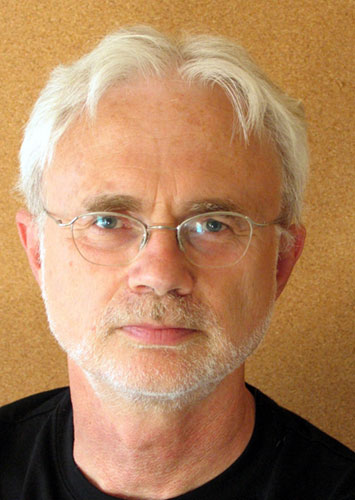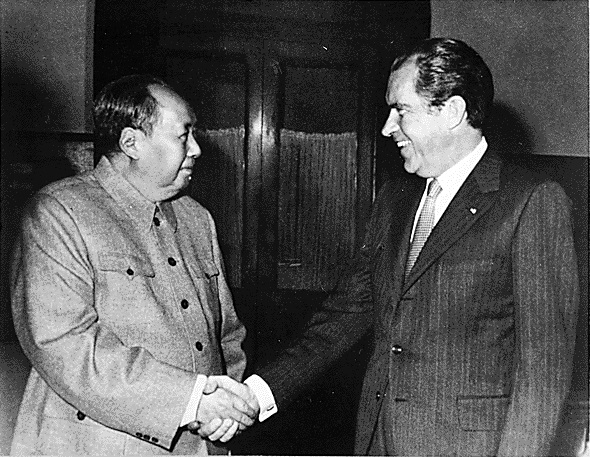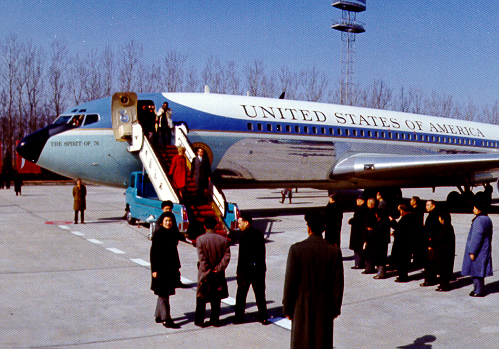
Learning Objectives
- Outline the social, cultural, and political impact of WWI and WWII.
- Discuss the growth of the United States as a world power.
- Describe the impact of technological advancements on the development of music in the twentieth century.
- Describe, compare and contrast the main stylistic differences of Contemporary music styles including impressionism, post-Romanticism, serialism, and expressionism.
- Summarize the changing nature and application of the concept of tonality throughout the century.
- Discuss the impact of Claude Debussy's "Prelude to the Afternoon of a Faun" in light of the Symbolist movement in literature.
- Illustrate how the Russian composer Igor Stravinsky experimented with rhythm, new instrumental combinations, and the percussive use of dissonance, and discuss the impactof these techniques on contemporary music.
- Describe the impact of Arnold Schoenberg and the Second Viennese School on 20th-century music.
- Distinguish the main stylistic differences of nineteenth- and twentieth-century composers and styles.
- Describe the musical and political impact of “national schools” of composition that developed across Europe during the 20th century.
- Explain the impact of composer Aaron Copland on American contemporary music.
- Describe the impact of Latin American composers on the larger "art music" scene and repertoire.
- Define and analyze the main differences between jazz, ragtime, and blues.
Music of the 20th and 21st Centuries (1900-Present)
Currents in the New World: Minimalism
John Adams
John Adams is considered one of America's most admired and respected composers of operatic, symphonic, choral, and chamber works. Influenced by Steve Reich and Philip Glass, Adams has, nonetheless, created his own distinctive, richly imaginative style of composition that makes imaginative use of the restricted harmonic vocabulary and steady rhythmic pulses that are the hallmarks of the minimalist movement.
Adams was born and raised in Massachusetts. In 1971, he moved west to San Francisco in order to distance himself from his neo-European upbringing. He had studied composition at Harvard with eminent figures such as Leon Kirchner, David Del Tredici, and Roger Sessions. His career blossomed in the West coast as he created pieces for a variety of media from film scores and operas to symphonies, concertos, and string quartets.
In Nixon in China (1987), Adams brings lush operatic textures to minimalist composition. Together with librettist Alice Goodman, he brings contemporary, familiar characters to the opera stage for the first time. Composer and writer held meetings in Washington, D.C. to pore over back issues of news magazines, tapes of television newscast, and other media coverage surrounding the historic seven days (21–27 February 1972) that brought together President Richard M. Nixon and Chairman Mao Tse-Tung. The result is a richly fascinating, highly dramatic work that has achieved celebrity status and continues to be performed worldwide in both concert and full-staged productions.
In the following examples from Act I, Scene 1–depicting the Nixon's landing and Premier Chou En-lai's welcome–listen how Adams masterfully exploits the dramatic possibilities of continually repeating melodies, harmonies, and rhythms, and knows exactly when to alter those compositional elements to reflect the dramatic action of each excerpt. These alterations can sometimes be jarring, and at others, almost imperceptibly subtle.
Nixon in China: Act I, Scene 1
Composer: John Adams
-
"Nixon in China: Act I Scene 1: Landing of the Spirit of '76"
Composer: John Adams
-
"Nixon in China: Act I Scene 1: Your flight was smooth, I hope? (Chou, Nixon)"
Audio Missing: "Nixon in China: Act I Scene 1: "News has a kind of mystery" (Nixon, Chou, Kissinger, Chorus)"
A year before the premiere of Nixon in China, Adams composed one of his signature pieces: A Short Ride in a Fast Machine. Its four minutes of headlong full-speed rush makes it a popular concert opener. Listen for the wood block that drives the music along. Michael Tilson Thomas, who would go on to become music director of the San Francisco Symphony, first performed the piece in 1986.
Adams has become one of the most famous composers in the world, with awards too numerous to list—though the 2003 Pulitzer Prize in Music for his composition On the Transmigration of Souls, a memorial to the victims of the 9/11 terrorist attacks, deserves special mention. He conducts regularly, both his own music and that of others, and has certainly earned his place in the triumvirate of American minimalist composers alongside Philip Glass and Steve Reich. His 2008 book Hallelujah Junction provides unique insight into his development as an American composer.
Composer: John Adams
-
"Short Ride in a Fast Machine"


